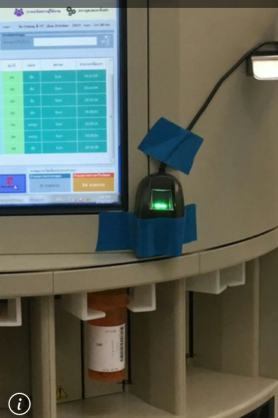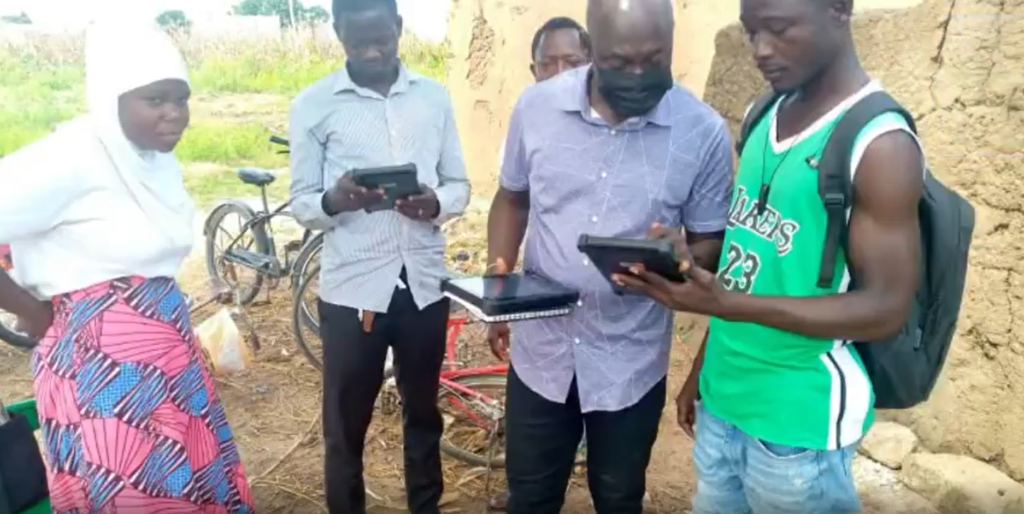biometrics healthcare used in health care to accurately identify patients
In a groundbreaking development for the healthcare industry, biometrics technology is being increasingly used to accurately identify patients and improve the quality of care. Biometrics is the use of unique physical or behavioral characteristics, such as fingerprints, facial recognition, or iris scans, to identify individuals.

The adoption of biometrics in healthcare has been driven by the need for accurate identification of patients in the increasingly complex and fast-paced healthcare environment. Patient identification errors, such as misidentifications, duplicates, or overlays, are a common cause of medical errors, which can lead to misdiagnosis, delayed treatments, and even fatalities.
The biometrics technology allows healthcare providers to quickly and accurately identify patients, access their medical records, and provide personalized care based on their unique needs. Biometrics can also help prevent identity theft and medical fraud by ensuring that patients receive care based on their true identity.

Several hospitals and healthcare organizations have already implemented biometrics technology in their facilities, including fingerprint and palm vein scanners, facial recognition software, and voice recognition systems. Some healthcare providers are also experimenting with wearable biometric devices, such as smartwatches and wristbands, to monitor and track patients’ health data.
The use of biometrics in healthcare is expected to continue to grow as the technology becomes more affordable and accessible. However, there are concerns about the potential privacy and security risks associated with the collection and storage of biometric data, and healthcare providers must ensure that proper protocols are in place to protect patients’ privacy and comply with data protection regulations.
Overall, the use of biometrics in healthcare represents a significant step forward in patient care and safety, and has the potential to revolutionize the healthcare industry by improving patient outcomes, reducing medical errors, and increasing operational efficiency.
Biometrics is the use of unique physical or behavioral characteristics to identify an individual. Biometrics is becoming increasingly popular in the healthcare industry for accurately identifying patients.
Here are some biometrics used in healthcare to identify patients:
Fingerprint Scanning:
Fingerprint scanning is a widely used biometric technique in healthcare. The patient’s fingerprints are scanned and matched against a database of stored fingerprints. This technique is fast, accurate, and secure.
Iris Recognition:
Iris recognition is a biometric technique that uses the unique pattern of the iris to identify an individual. The iris is the colored part of the eye. Iris recognition is a highly accurate technique and is used in various applications, including healthcare.
Facial Recognition:
Facial recognition is a biometric technique that uses the unique features of a person’s face to identify them. Facial recognition is becoming increasingly popular in healthcare due to its ease of use and accuracy.
Voice Recognition:
Voice recognition is a biometric technique that uses the unique features of a person’s voice to identify them. Voice recognition is used in various healthcare applications, including telemedicine.
Palm Vein
Scanning: Palm vein scanning is a biometric technique that uses the unique pattern of veins in a person’s palm to identify them. This technique is highly accurate and secure.
Biometric identification in healthcare can help improve patient safety and reduce medical errors. It can also help reduce identity theft and fraud. However, it is essential to ensure that patient data is securely stored and used in compliance with privacy laws and regulations.

